In the realm of culinary delights, lamb soup stands as a timeless and comforting dish that transcends cultural boundaries. From the hearty stews of the British Isles to the aromatic broths of the Middle East, lamb soup embodies warmth, nourishment, and a deep-rooted connection to tradition. However, achieving that perfect balance of flavor, texture, and aroma in your lamb soup requires careful consideration, particularly when it comes to selecting the right cut of meat. This article delves into the intricacies of crafting the ultimate lamb soup, exploring which parts of the lamb yield the most delicious broth.
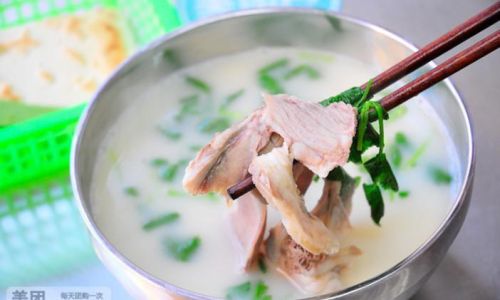
Understanding Lamb Cuts: A Primer
Before diving into the specifics of which lamb cut is best for soup, it’s crucial to understand the basic anatomy of a lamb and the various cuts available. Lambs are typically divided into primal cuts, which are further subdivided into secondary cuts. For soup-making, we are particularly interested in cuts that are rich in flavor, tender enough to break down into a silky broth, and offer a good balance of meat-to-bone ratio for maximum flavor extraction.
-
Shoulder: The shoulder of the lamb is a muscle-heavy area, making it tough but flavorful. It’s often used in slow-cooked dishes due to its ability to retain moisture and develop a rich, meaty flavor over long periods. For soup, the shoulder can provide a deeply savory base, though it may require longer cooking times to achieve a tender texture.
-
Breast: The breast of the lamb is another muscular cut, often overlooked but highly flavorful. It’s particularly suited for long, slow cooking methods like braising, which can transform its tough texture into a tender, fall-apart consistency. In soup, the breast can add a robust, earthy flavor profile.
-
Neck: Lamb neck is a lesser-known but highly prized cut for soup and stews. It’s rich in collagen and connective tissue, which breaks down into a gelatinous broth during slow cooking. This cut offers an incredibly rich and velvety texture, making it ideal for creating a hearty, satisfying soup.
-
Shank: Lamb shanks are another excellent choice for soup, especially if you’re aiming for a rich, meaty broth with a hint of sweetness. The shank contains a good amount of marrow and bone, which contribute to the depth of flavor. Like the neck, it requires a long, slow cooking process to tenderize the meat and extract all the gelatinous goodness.
-
Ribs: While rib cuts are more commonly associated with roasts and grills, the rib chops can also be used in soup, albeit in smaller quantities due to their higher cost. The meat from the ribs is tender and flavorful, adding a luxurious touch to the broth.
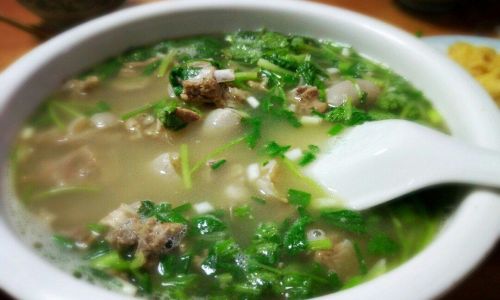
-
Leg: The leg of the lamb is a large, muscular cut that can be divided into several parts, including the hindshank and the sirloin. While the leg itself is often too lean for soup unless slow-cooked to tender perfection, the hindshank, in particular, can provide a similar broth quality to the shank, albeit with less meat.
Selecting the Optimal Cut for Lamb Soup
When choosing the best cut for lamb soup, several factors come into play:
-
Flavor Intensity: If you’re after an intensely flavored broth, cuts like the shoulder, breast, neck, and shank are your best bet. These cuts are rich in collagen and connective tissue, which break down into a gelatinous, flavorful broth.
-
Tenderness: For a soup that’s both flavorful and tender, cuts like the neck and shank excel. They require long, slow cooking to tenderize, but the result is worth the wait.
-
Meat-to-Bone Ratio: The neck and shank offer a good balance of meat and bone, ensuring a flavorful broth without being overly meaty. This is particularly important in soup-making, where the bone and marrow contribute significantly to the overall taste.
-
Cooking Time: Consider your cooking time and patience. Cuts like the shoulder and breast require longer cooking times but offer a deeply satisfying result. If you’re pressed for time, opt for cuts like the shank or neck that, while still requiring slow cooking, may tenderize a bit faster.
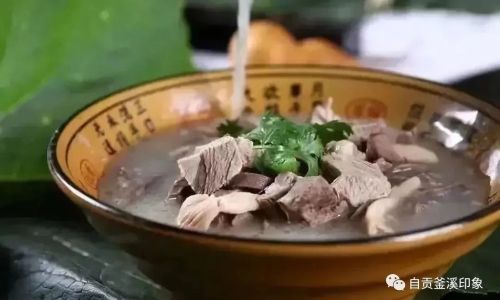
Crafting the Perfect Lamb Soup
Once you’ve selected your cut, the journey to crafting the perfect lamb soup begins. Here’s a basic recipe to guide you:
-
Preparation: Start by trimming any excess fat from your chosen cut. This will help keep the broth clean and prevent it from becoming too greasy.
-
Searing: Sear the meat in a hot pan until browned on all sides. This locks in juices and adds a layer of caramelized flavor to the broth.
-
Aromatics: In the same pot, sauté onions, carrots, celery, and garlic until softened. This creates a flavorful base for your soup.
-
Broth: Add the seared meat, along with any bones if using, to the pot. Pour in enough water or stock to cover, then bring to a simmer.
-
Seasoning: Add salt, pepper, and any herbs or spices you prefer, such as thyme, rosemary, or bay leaves.
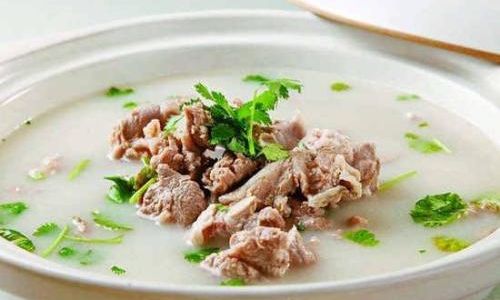
-
Slow Cooking: Cover and cook on low heat for several hours, or until the meat is tender and falling apart. Skim any foam that rises to the surface during cooking for a clearer broth.
-
Finishing: Taste and adjust seasoning as needed. Remove the meat and bones, allowing them to cool slightly before shredding or chopping the meat to return to the soup.
-
Serving: Ladle the soup into bowls, garnish with fresh herbs, and enjoy.
Conclusion
In the quest for the perfect lamb soup, the choice of cut is paramount. While each part of the lamb offers unique flavors and textures, cuts like the neck, shank, shoulder, and breast stand out for their ability to produce a rich, deeply flavored broth. By understanding the characteristics of each cut and employing patience and care in the cooking process, you can create a lamb soup that’s not only delicious but also a testament to the art of culinary craftsmanship. So, the next time you set out to make lamb soup, remember: it’s all about finding that perfect balance of flavor, texture, and love in every spoonful.



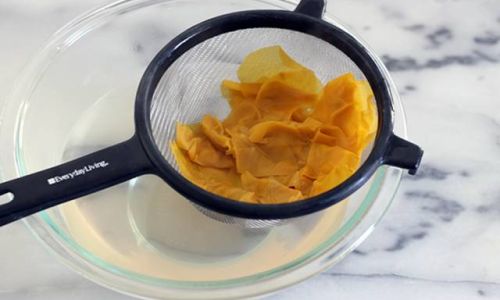
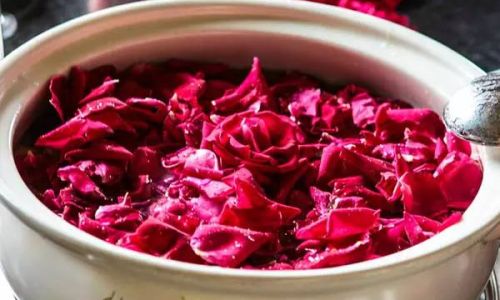

0 comments